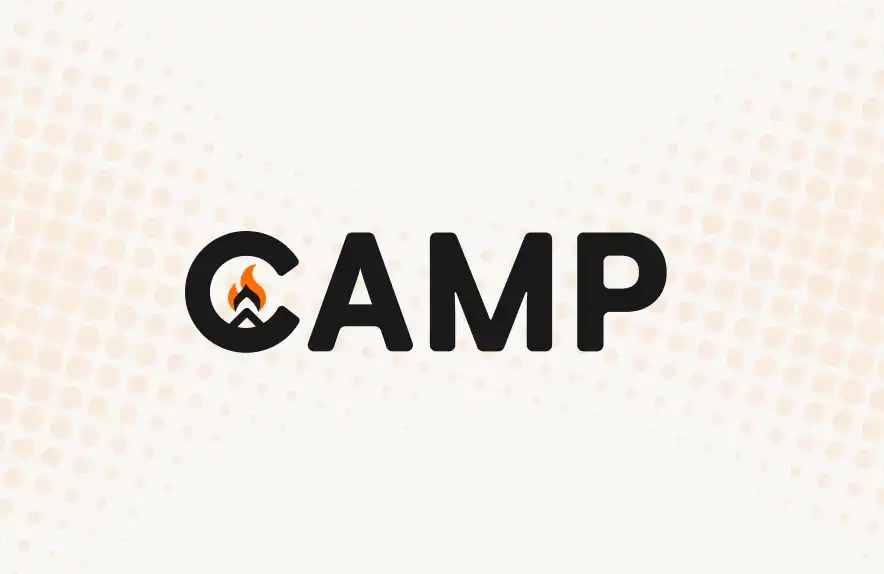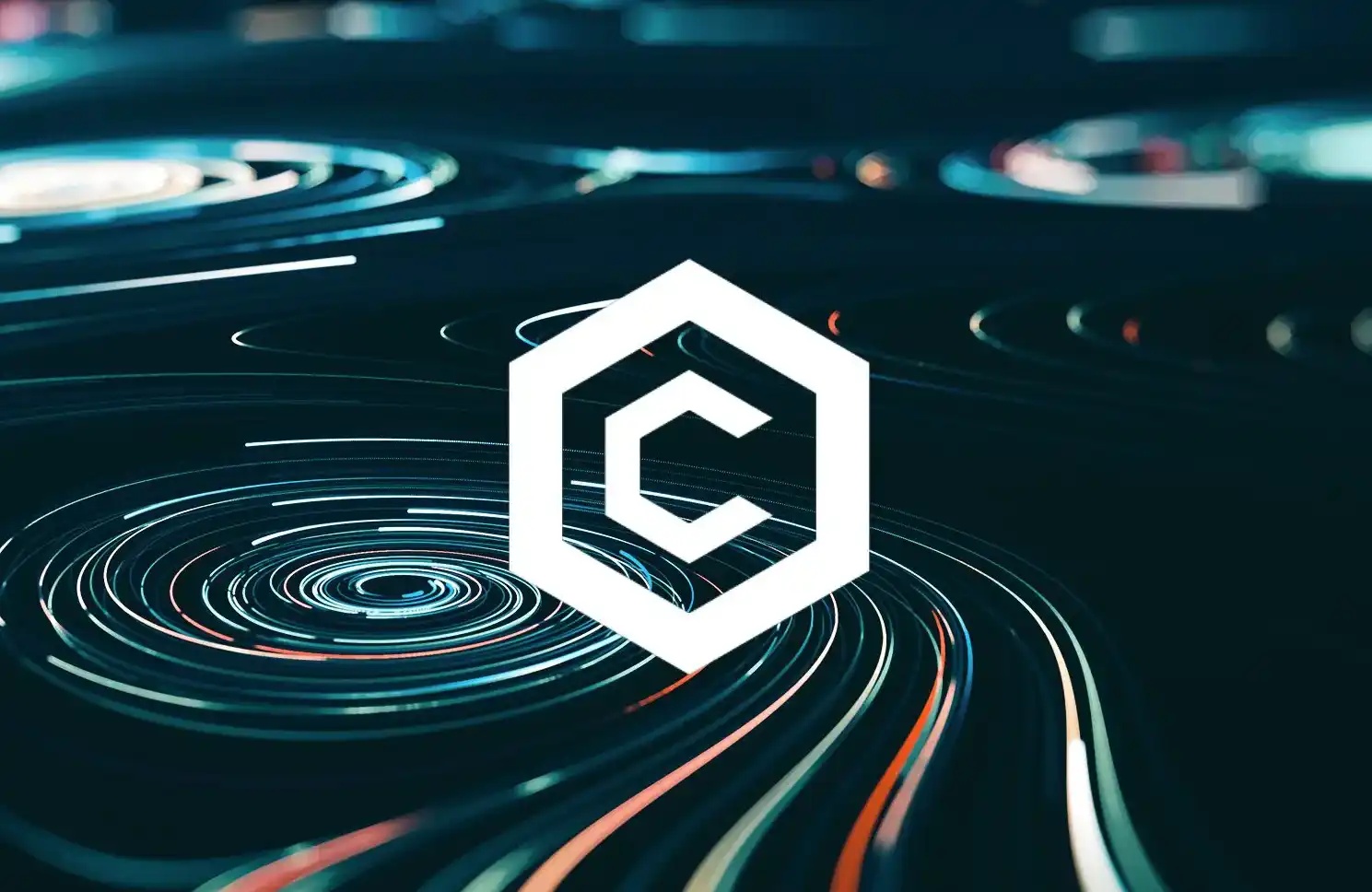Why Do We Need "DeFi"?
Original Article Title: A Bird's Eye View
Original Article Author: zacharyr0th, Aptos Labs
Original Article Translation: Alex Liu, Foresight News
DeFi Use Cases
· The traditional banking system still serves as the foundation of finance but has long suffered from systemic risks, regulatory failures, and conflicts of interest.
· Decentralized Finance (DeFi) offers permissionless access to financial tools with censorship resistance, borderless stablecoin usage, and transparent yield generation.
· The future financial landscape will stem from a pragmatic integration of traditional institutions with decentralized infrastructure.
The global financial system is built upon a vast intermediary network, processing trillions of dollars in transactions daily. While this architecture has historically supported global trade and capital flow, it has also introduced bottlenecks, inefficiencies, and systemic risks.
Despite technological advancements, traditional institutions remain deeply entrenched, not just operationally but also politically and socially. Some institutions are deemed "too big to fail" while others quietly collapse. Despite the esteemed reputation of many institutions, their history is still tainted by regulatory violations and unresolved conflicts of interest.
These phenomena reflect a profound systemic issue—not just a lack of regulation but a design flaw.
Moreover, the boundaries between regulators and the regulated are often blurred. Former SEC Chair Gary Gensler worked at Goldman Sachs for 18 years before regulating Wall Street; Fed Chair Jerome Powell amassed considerable investment banking wealth before shaping monetary policy; former U.S. Treasury Secretary Janet Yellen received over $7 million in speaking fees from financial institutions she later had to regulate.
Indeed, the cross-pollination of expertise between the public and private sectors is viable, but this "revolving door" phenomenon is not new; it has almost become the norm.
Central Bank's Mission and Operations Mechanism
In 1913, following a series of bank runs, the Federal Reserve was established. Designed by financiers like J.P. Morgan, the Fed is a quasi-governmental institution theoretically accountable to Congress but operating independently in practice.
In 1977, the Federal Reserve's dual mandate was officially established:
· Maximize Employment
· Maintain Price Stability (currently interpreted as around a 2% inflation rate)
Although monetary policy has continued to evolve, its primary tools have remained consistent: interest rate adjustments, balance sheet expansion, and open market operations.
Since 2012, the Federal Reserve explicitly set a 2% annual inflation rate as its target, which has had broad implications for asset values and the purchasing power of the dollar. When looking at long-term historical trends, interest rates have shown a steady decline.

As the financial system has become increasingly complex and interconnected, the cost of borrowing has continued to fall.
Value and Perception
Since 2008, the correlation between the Federal Reserve's balance sheet and the S&P 500 index has strengthened, raising questions about the long-term impact of monetary expansion.

Some believe that the United States, given its global dominance, can engage in "easy money" with relatively minor consequences; the dollar's reserve currency status and global trust in U.S. institutions provide a buffer against inflation erosion. However, not all countries enjoy this privilege. In many parts of the world, especially where goods and services are not priced in dollars or euros, DeFi is not an option but a necessity.
In advanced economies, people can discuss the theoretical benefits of decentralization; but for billions in underdeveloped regions, they face real-world problems that traditional banks cannot or will not address: currency devaluation, capital controls, lack of banking infrastructure, political unrest. These issues require solutions beyond the traditional system.
Stablecoins and Anti-Inflation
Between 2021 and 2022, Turkey experienced severe economic turmoil, with a year-over-year inflation rate as high as 78.6%.

For the average person, local banks were unable to provide effective measures, but DeFi could. Through stablecoins and non-custodial wallets, individuals can avoid asset devaluation, engage in global transactions, bypass unfair capital controls—all made possible through open-source tools accessible to anyone.
These wallets require no bank account, no cumbersome paperwork, just a private key or mnemonic phrase to access an on-chain account.
Censorship Resistance
Many truck drivers who participated in a large protest at the US-Canada border had their bank accounts frozen by authorities, preventing them from repaying loans and purchasing essential goods—even though they did not violate any specific laws.
In a centralized system, financial autonomy is not guaranteed, but DeFi offers a different model: based on open infrastructure, governed by code, rather than regional policies.
Yield and Innovation
DeFi protocols have redefined financial primitives: borrowing, trading, insurance, etc., but these innovations come with new risks.
Some protocols have collapsed, malicious actors have been exposed, but the market natural selection process filters sustainable innovations. Survivors—such as Automated Market Makers (AMMs) and liquidity pools—represent the best practices of DeFi: building transparent, permissionless infrastructure, distributing transaction fees to liquidity providers, rather than centralizing market-making profits in the hands of a few gatekeepers.

This is a starkly different model from traditional finance—where access to traditional markets, especially market-making business, is highly restricted and lacks transparency.
A Balanced Future
At least in the short term, the future of finance will not be entirely decentralized or entirely centralized, but a hybrid form. DeFi is not a complete substitute for traditional finance, but it does fill the gaps overlooked by the traditional system: accessibility, censorship resistance, transparency. In economies plagued by regional inflation or financial repression, DeFi has already been addressing daily issues.
In countries with a more secure banking system like the US, the value proposition of DeFi holds true, but more in theory. For the majority in stable economies, traditional banks still offer convenience, consumer protection, and reliability not yet fully matched by DeFi. Once traditional financial infrastructure upgrades to a blockchain-based settlement layer, this theory will gradually become reality.
Until then, some will pursue financial sovereignty, some entrepreneurs will build at the frontier, some savvy funds will utilize DeFi primitives to achieve higher risk-adjusted returns—of course, accompanied by a lot of meme coins and airdrop activities.
What Do Others Say?
“The goal of DeFi is not to fight against traditional finance but to build an open, accessible financial system to complement existing infrastructure.” — Ethereum Co-Founder Vitalik Buterin
“The DeFi protocol represents a paradigm shift in financial infrastructure, providing a programmable, transparent alternative to traditional financial services.” — Dr. Fabian Schär, Distributed Ledger Technology Professor at the University of Basel
“While DeFi platforms may offer promising technological innovations, they still need to operate within a framework that protects investors and maintains market integrity.” — Former U.S. SEC Chair Gary Gensler
Why DeFi Matters
In a world of economic volatility and institutional trust erosion, decentralized systems are gradually demonstrating their capabilities: enhancing traditional payment and financial operations by leveraging blockchain's new attributes.
The architecture of DeFi — permissionless, global, transparent — unlocks new financial freedoms, breaking down barriers of geography, identity, and institutions. Smart contract automation streamlines complex processes, reduces costs, and eliminates friction, all of which traditional infrastructure cannot achieve.
While risks still exist, progress is also underway.
Welcome to join the official BlockBeats community:
Telegram Subscription Group: https://t.me/theblockbeats
Telegram Discussion Group: https://t.me/BlockBeats_App
Official Twitter Account: https://twitter.com/BlockBeatsAsia
 Forum
Forum

 Finance
Finance
 Specials
Specials
 On-chain Eco
On-chain Eco
 Entry
Entry
 Podcasts
Podcasts
 Activities
Activities
 OPRR
OPRR








